Steam is most widely used as media to convey heat over distances. Because –
- Main Raw material to generate Steam is water, which is abundantly available and cheap. Both water & Steam are clean, pure and inherently safe.
- Steam flows in response to the pressure drop along the line, expensive circulating pumps are therefore, not needed.
- Due to the high heat content of steam, relatively small bore, pipe work is required (to transfer certain quantity of heat load) to distribute the steam at high pressure. The pressure is then reduced at the point of use, if necessary. This arrangement makes installation easier and less expensive than for some other heat transfer fluids (Thermal Oil, Hot Water).
- The lower capital and running costs of steam generation, distribution and condensate return systems means that many users choose to install new steam systems in preference to other energy media, such as gas fired, hot water, electricity, and thermal oil systems.
- Relationship between the pressure and temperature of saturated steam, easiest way to control the amount of energy input to the process simply by controlling the saturated steam pressure.
- Steam provides excellent heat transfer. Steam can be surrounded or be injected into the product being heated. It can fill any space at a uniform 7. temperature and will supply heat by condensing at a constant temperature; this eliminates temp gradients which may be found along any heat transfer surface – a problem which is so often a feature of high temperature oils, and may result in quality problems, such as distortion of materials being dried.
- Because of very high heat transfer properties of steam, the required heat transfer area is relatively small. This enables the use of more compact plant, which is easier to install and takes up less space in the plant.
- Not only is steam an excellent carrier of heat, it is also sterile, and thus popular for process use in the food, pharmaceutical and health industries. It is also widely used in hospitals for sterilization purposes.

 Aerated Concrete Block Industry
Aerated Concrete Block Industry  Brewery Industry
Brewery Industry  Captive Cogen Industry
Captive Cogen Industry  Chemical Industry
Chemical Industry  Dairy Industry
Dairy Industry  Edible Oil Industry
Edible Oil Industry  Fertilizer Industry
Fertilizer Industry  Hotel Industry
Hotel Industry 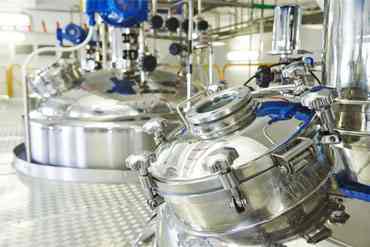 Pharma Industry
Pharma Industry 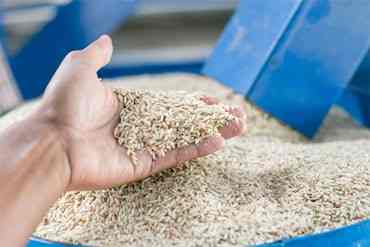 Rice Industry
Rice Industry 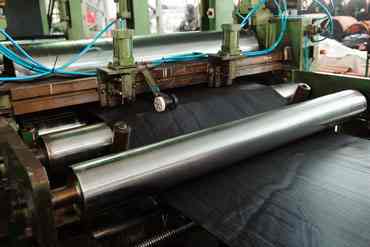 Rubber Industry
Rubber Industry  Soap Industry
Soap Industry 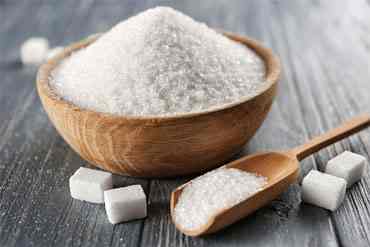 Sugar Industry
Sugar Industry  Textile Industry
Textile Industry 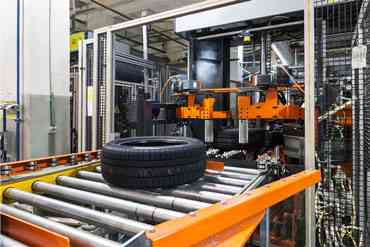 Tyre Industry
Tyre Industry